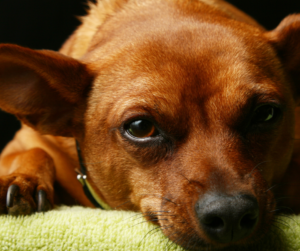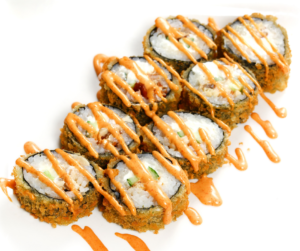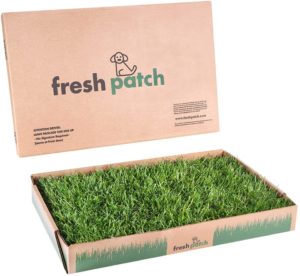Michael Baugh CDBC CPDT-KSA
Anything our dogs can physically do, we can put on cue. Our dogs can run towards us, walk beside us, lie down, stand still, and do a ton of other things. We can train all of those, put them on cue, turn them into polite behavior or tricks.
Think about that for a minute. What are the things your dog does, or could do, that you really like? We focus on the bad stuff, the misbehavior, things we want our dog to stop doing. Think for a minute about the good stuff you’ve observed. Most of my clients tell me their dogs are good ninety percent of the time. What does good look like?

Here’s a fun fact: it turns out dogs spend about a third of their waking hours just chilling and casually watching the world go by. That’s good. Some researchers call this behavior “loafing.” I prefer what certified dog behavior consultant Sarah Fraser calls it: “relaxed observation.” Street dogs do it. Our pet dogs do it. It’s natural. And guess what? We can put it on cue.
Trainers learned long ago that the best way to stop misbehavior (think: biting, for example) is to replace that behavior with something different. When we ask folks what they’d like their dogs to do, the question stumps them. They just want their dog to stop (insert unwanted behavior). When pressed, some simply say they want their dog to do nothing at all. That frustrated trainers until we realized that doing nothing is actually doing something. Lying down and observing are both behaviors and we could teach dogs to do them in a slow and relaxed manner. We can teach relaxed observation.
It gets even better. When we train a dog to relax the body, the mind follows. There’s research behind this. It’s like when we humans do our breathing exercises. It’s a simple behavior that calms our bodies and our minds. Lots of behaviors affect our feelings. The simple act of intentionally smiling can put us in a good mood. Try it. It’s fun.
Like humans, our dogs do best learning to relax in a calm and nondistracting setting. Always set your dog up to succeed. I teach Dr. Lore Haug’s conditioning relaxation protocol. We begin by teaching down in a relaxed posture – the dog lounging on their hips rather that lying tense facing forward. We add the visual cue of a mat to direct where they lie down and how deeply they relax.

We don’t put the behavior under any social pressure until it’s well engrained. When we take our time and train it right, though, this simple exercise is very versatile and durable. Training your dog to do nothing is really something!
I teach relaxed observation to almost all of my clients’ dogs. Many clients tell me it calms their dog, not just in training, but in everyday life. It’s as if they’ve adjusted their dog’s baseline for relaxation and they are just calmer over all.
I’ve seen that with my dog, Charlie. Relaxed observation is his default behavior at outdoor restaurants, coffee shops, at the airport and even the vet clinic. This is natural behavior, and it’s learned behavior.
Charlie’s not special. Any dog can learn to relax on cue. We can too, of course. In fact, we can model calm behavior for our dogs and see them reflect it back. How cool is that? We can hang out and chill out together. Just doing nothing with our dog has never been so much fun.
Inspired by Sarah Fraser’s post The Non-Activity we Should All do More Often with Our Dogs
Michael Baugh teaches dog training in Houston Texas. He specializes in aggressive dog training.



